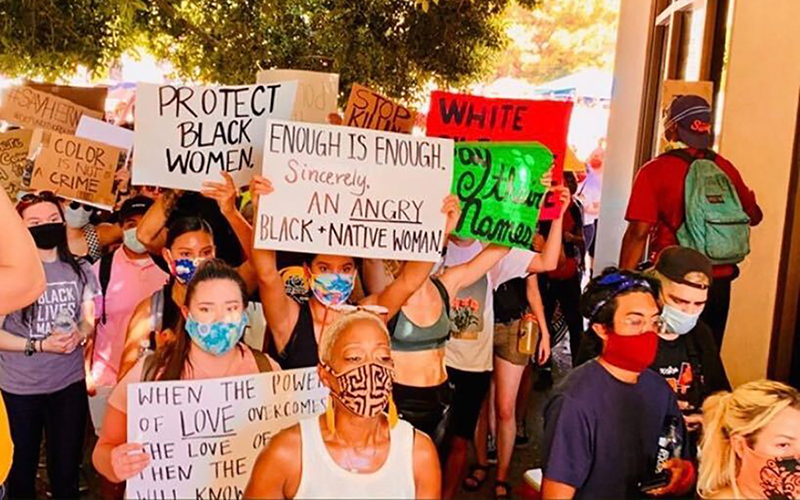

What kind of institutional setting better oversight the police? We conducted a historical-institutional analysis by making use of publicly accessible documents, examining the evolution, reviewing the missions and format of empowerment, and weighing the strength and key insufficiencies of these three police oversight mechanisms. Paradoxically, its police oversight counterparts under two neighbouring constitutionally democratic Asian jurisdictions still face critiques, given their institutional proximity with the civilian control model prevailing in the Western countries. “Professionalism” and “transcendency” are often prioritized by the Hong Kong authorities as the merits of the internal affairs model, over independent investigation capacity or elected appointees. Should police be checked by the police or by representatives with public mandates? This article aims to respond to this frequently asked question by comparing two sets of institutional arrangements in police oversight mechanisms under three Asian regimes with different levels of democratization: Hong Kong, Japan, and Taiwan. Further, the paper proposes that deficits in watchdog transparency impede accountability, in turn stifling the public awareness needed for reform mechanisms to function and stunting the growth of an oversight organisation’s funding and powers. The paper draws upon and extends two theoretical approaches - Organisational Life Cycle theory and Police Complaints Reform Cycle frameworks - to develop this new model of police oversight organisation reform mechanisms. Instead it is a more complex, staggered process of reactive and proactive reform that includes reform cycles, watchdog-initiated growth, justice sector reform and the ripple effect.
#POLICE OVERSIGHT SERIES#
Together these cases allow us to trace the path of police watchdog reform and demonstrate that it is not simply a series of cycles, or preordained set of management challenges. It outlines a case study of New Zealand police oversight organisation reform and a comparative analysis with four other jurisdictions: England and Wales, Scotland, Northern Ireland and New York.

This paper presents a new framework for better understanding the mechanics of police oversight reforms.


 0 kommentar(er)
0 kommentar(er)
